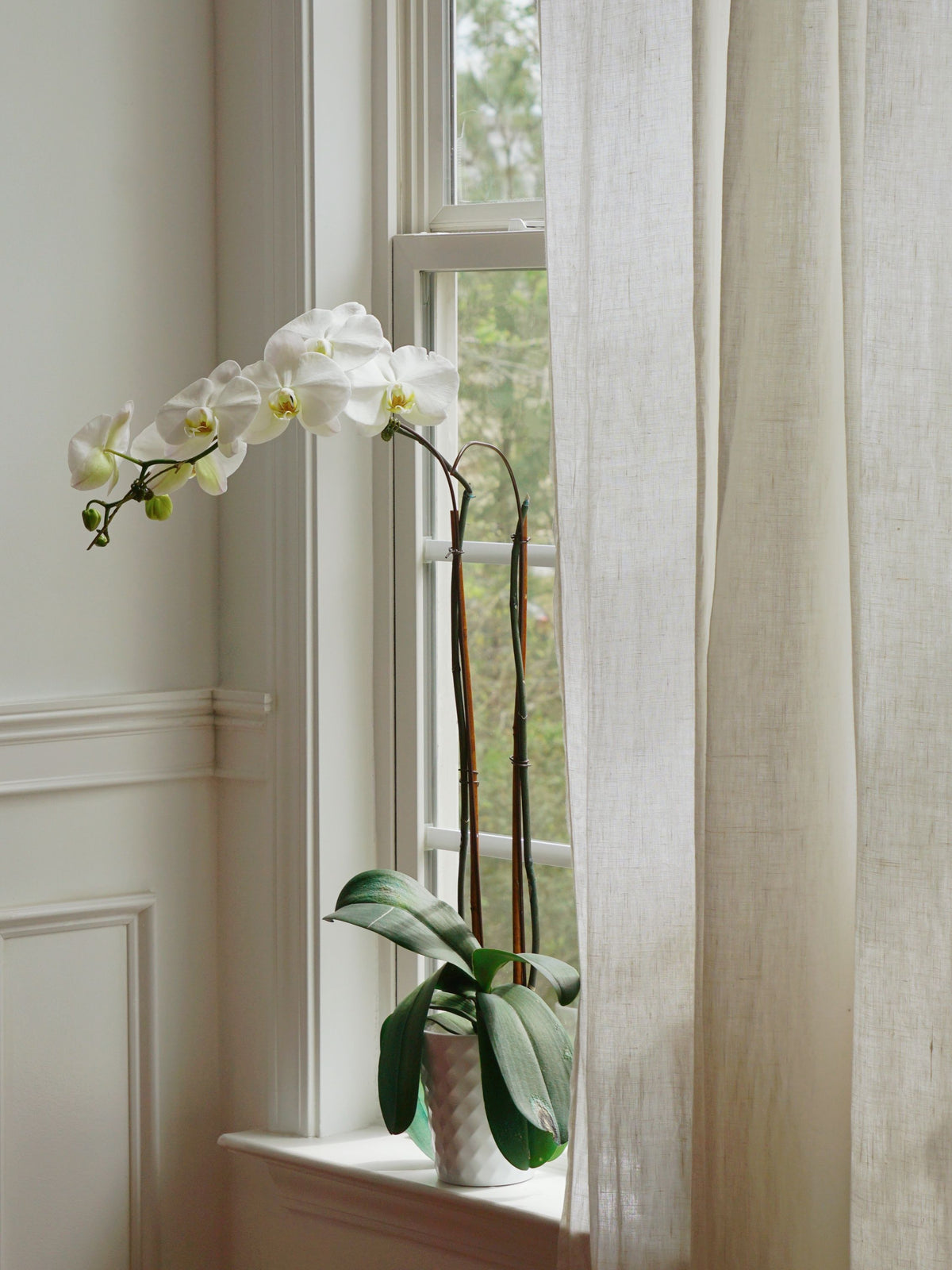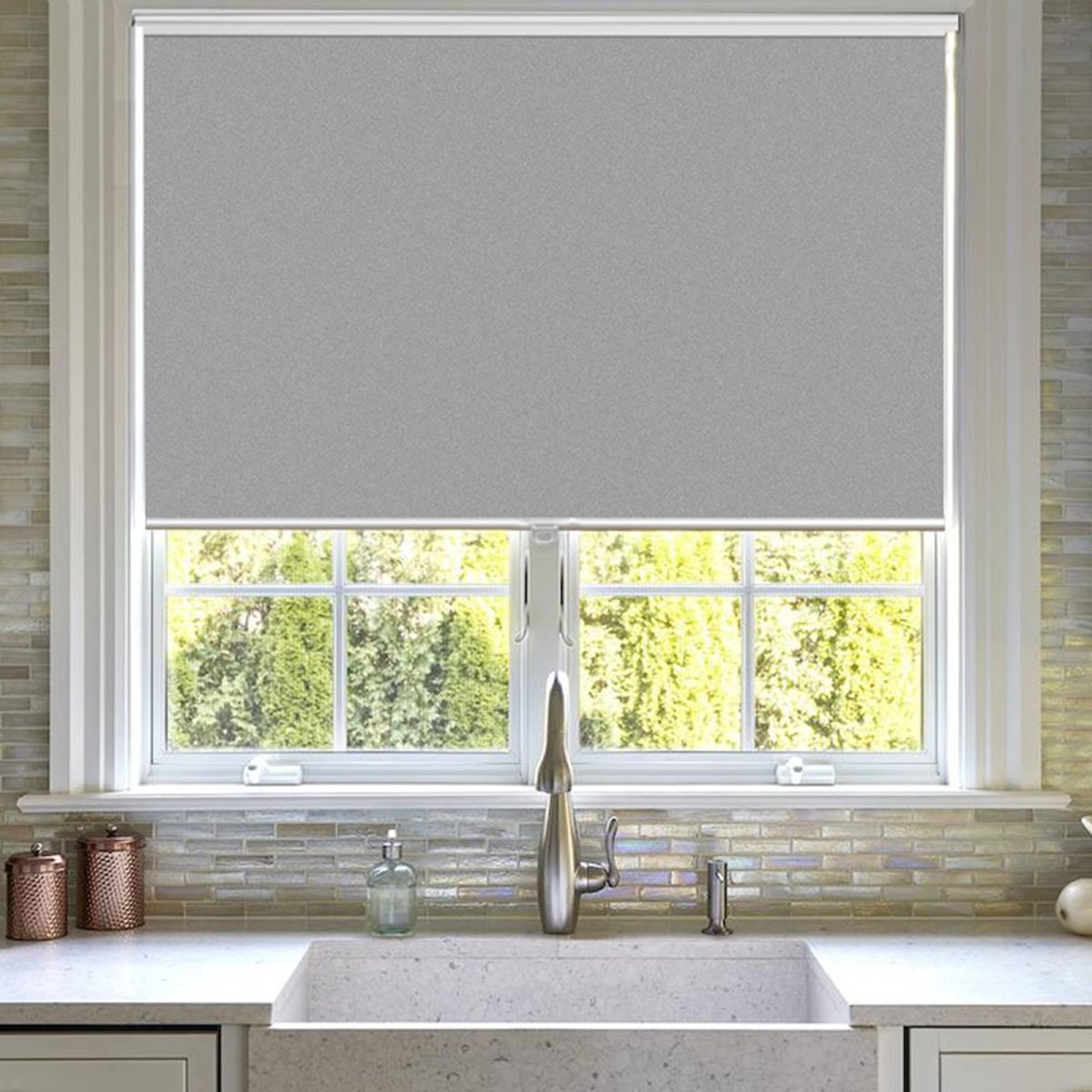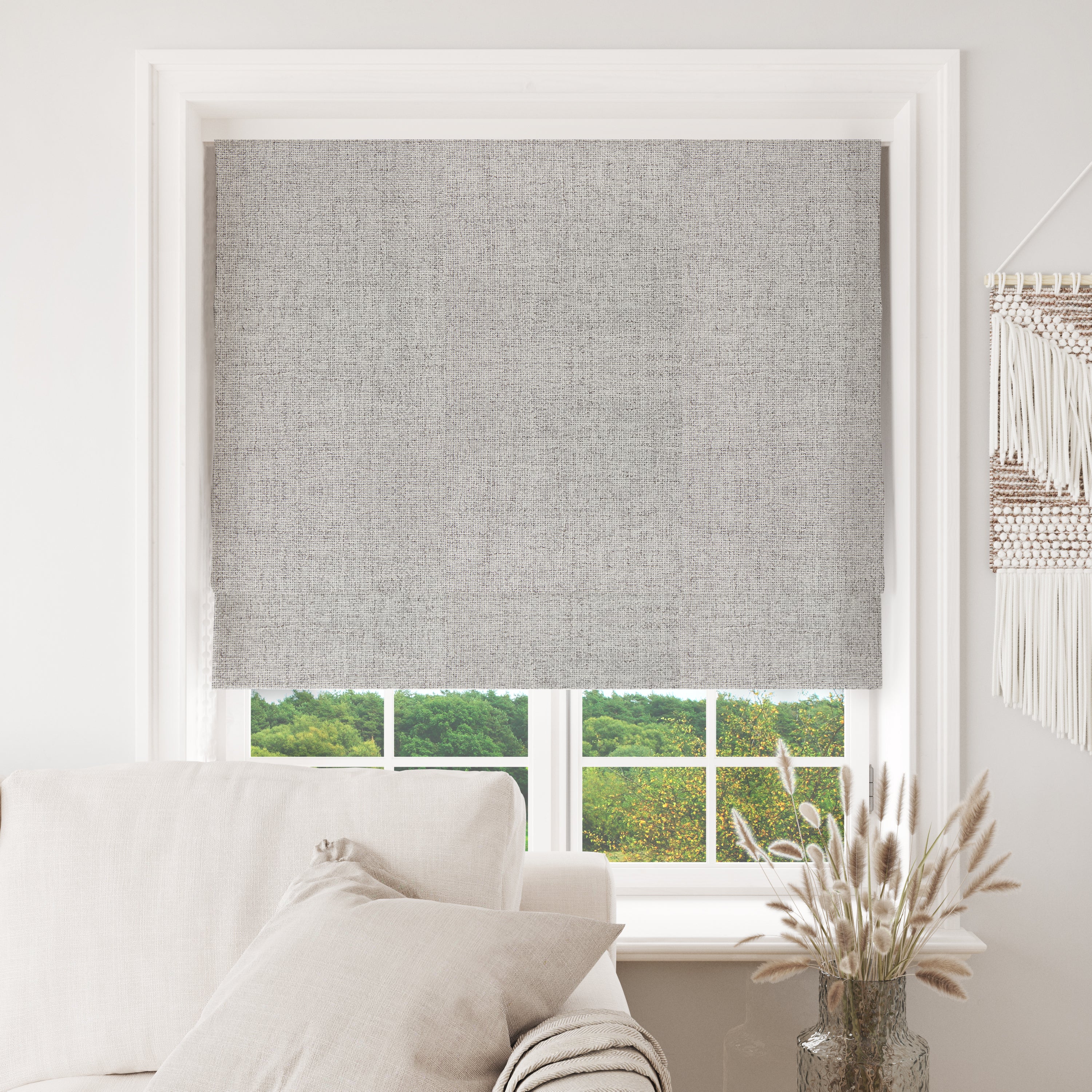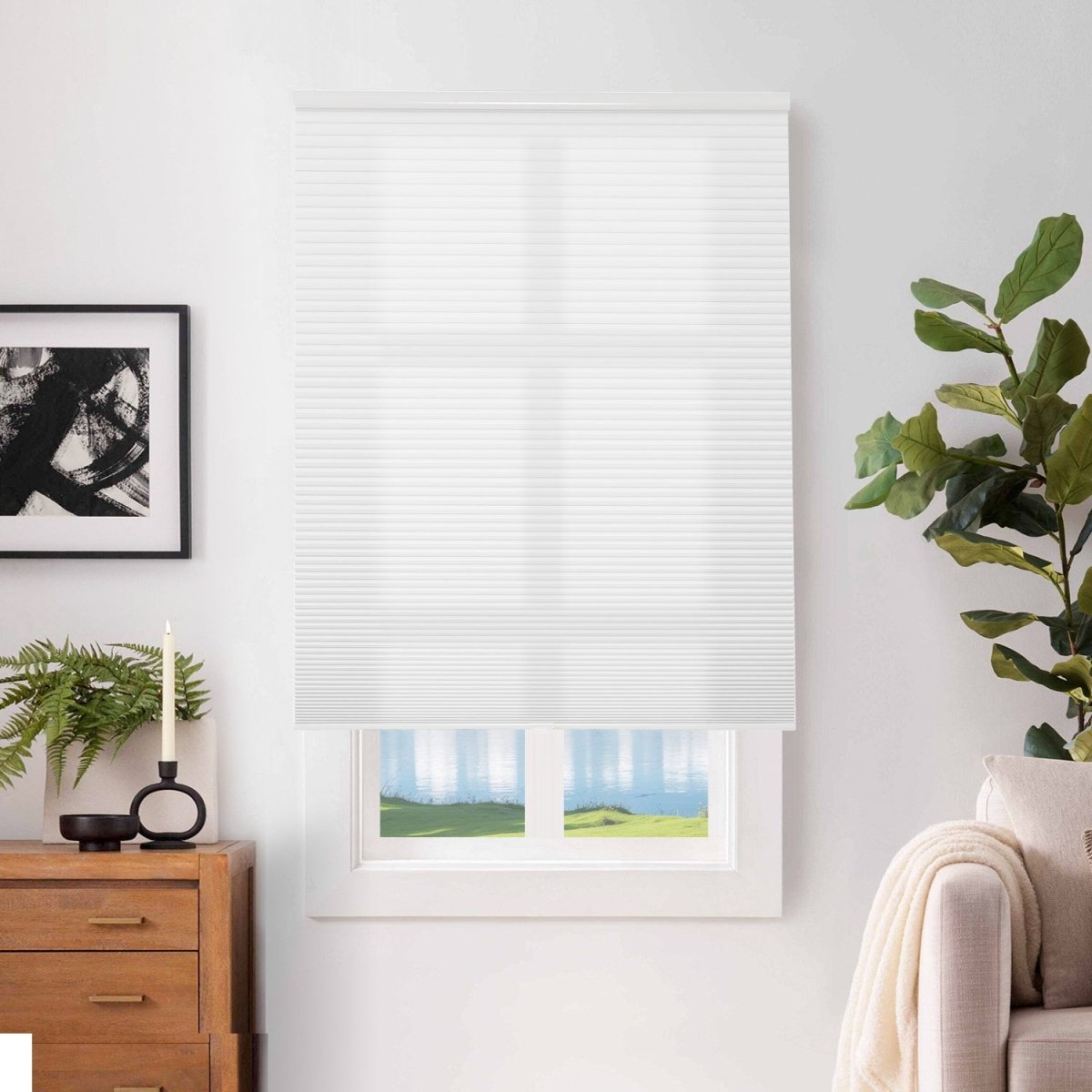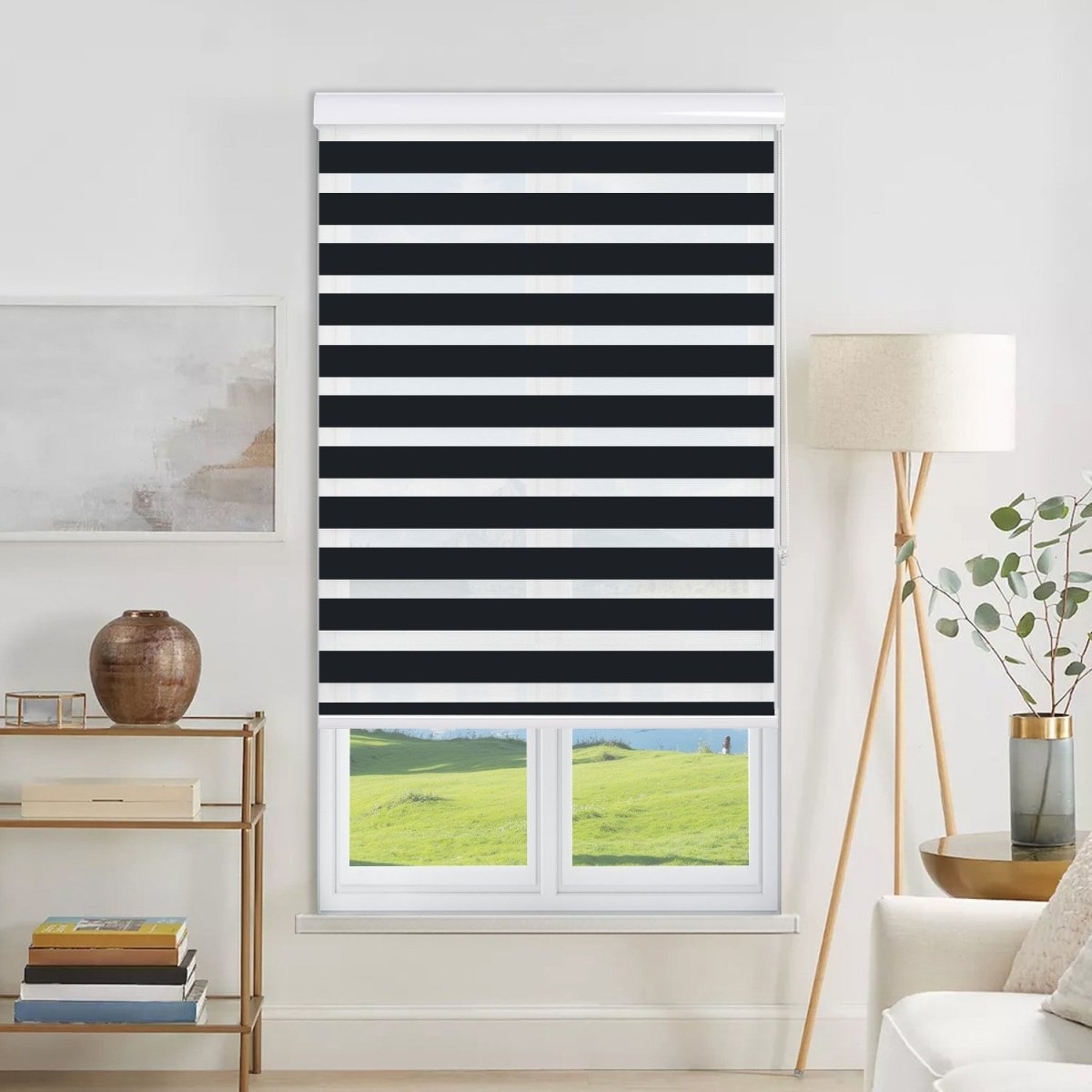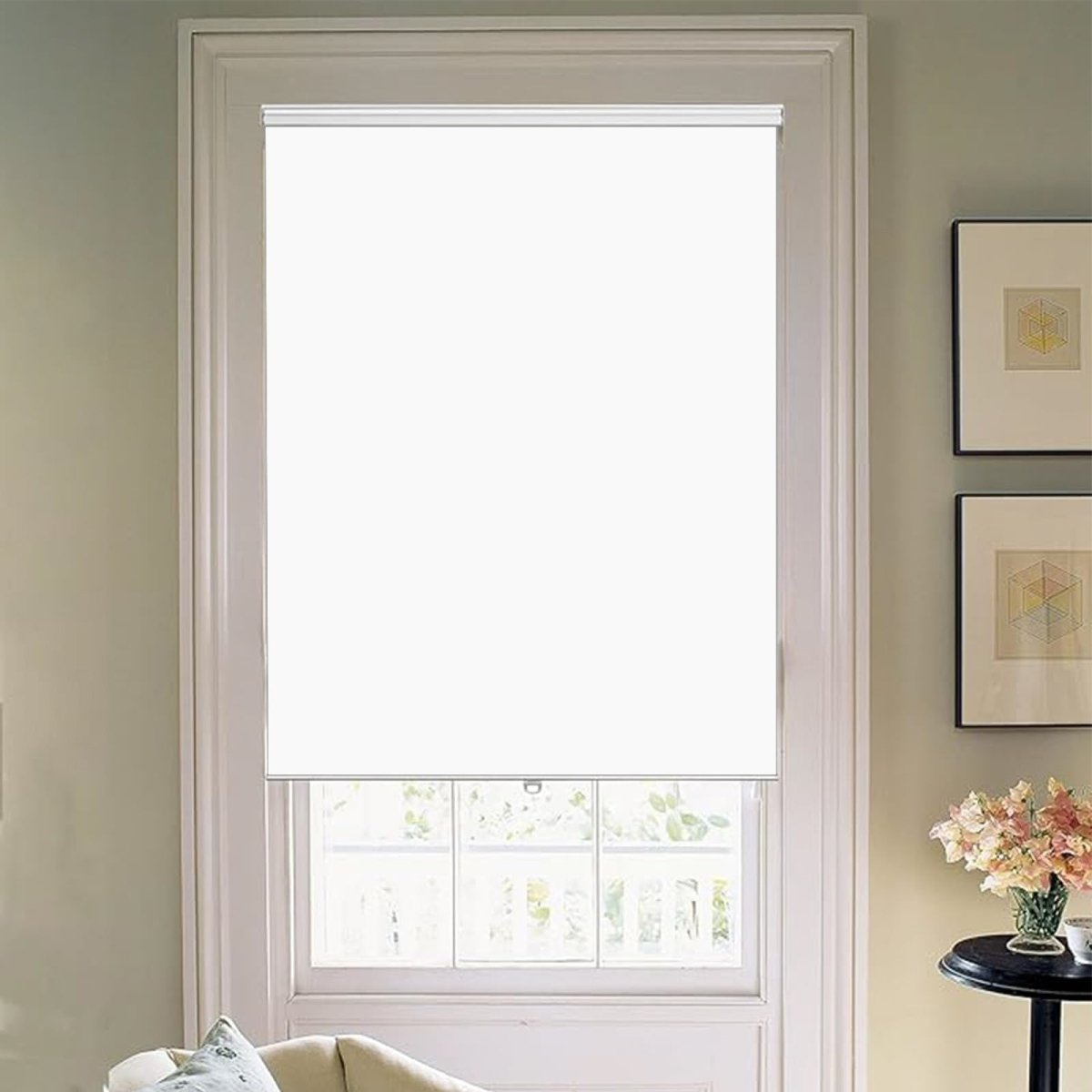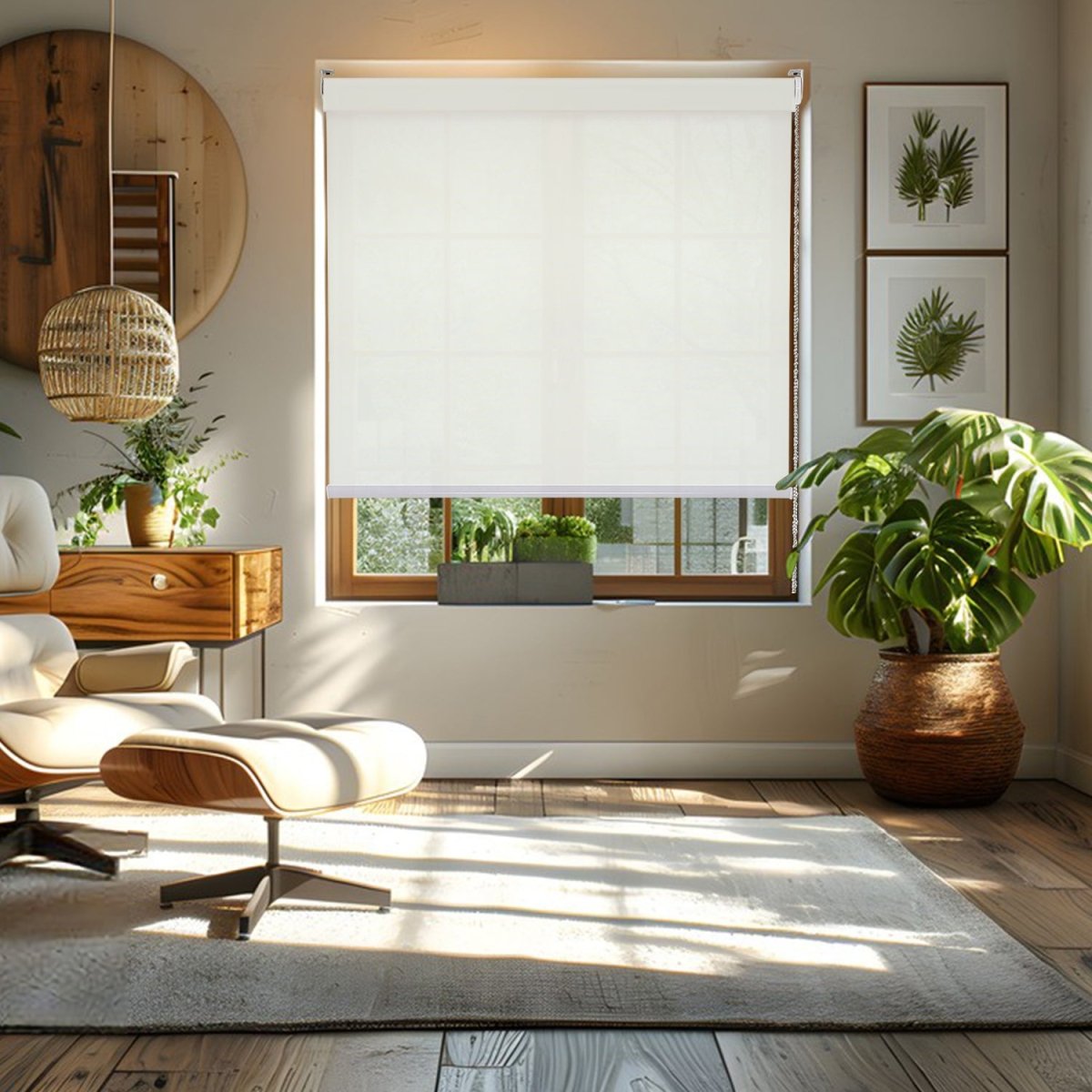Do you ever feel like you're losing the battle against dust? You clean the house until it shines, but a few hours later, you're sneezing again. You cleaned the counters and vacuumed the floors, but you still feel stuffy and allergic. The problem might be hanging right in front of you: your window shades. They do a great job of keeping light out and giving you privacy, but they can also be places where dust and pollen can hide. This guide will show you how to choose and care for your window treatments so that your home can be the fresh-air haven you deserve.
Why Your Home Isn't as Clean as You Think
Your Fabrics Are Trapping Dust and Mites
Even the cleanest homes have dust mites—tiny critters that are invisible to the naked eye. They love to munch on the dead skin cells we all naturally shed, and they thrive in warm spots. That means your cozy fabric window shades, along with your bedding and couches, can become their favorite hangout. At the same time, pollen from outside can drift in and get stuck in those same fabrics. Every time you open or close your shades, you're stirring up those allergens and sending them right back into the air.
You're Letting Pollen in Through Open Windows
Getting some fresh air by opening the windows is lovely, but it also lets pollen and dust into the house. The first thing these flying particles hit is your window shades, which catch them like a net. But that "net" fills up. If you have allergies, it may seem like they never really go away because every time you move your shades, they can let out a puff of allergens.

Pick the Best Shade Material to Fight Dust
Want to stop allergens before they even start? Choosing the right material for your window treatments is a game-changer.
Go for Smooth Surfaces, Not Soft Fabrics
If you want to keep allergies out, remember this easy rule: smooth is always better than soft. It's hard for dust to stick to smooth surfaces like plastic or fake wood. And they'll be clean after a quick wipe.
On the other hand, dust, pollen, and cat dander are drawn to soft, textured fabrics like heavy drapes and some fabric window shades and get stuck deep in their fibers.
Window Treatment Allergy-Friendliness Scorecard
| Window Treatment Type | Allergy-Friendliness | Ease of Cleaning | Key Benefit |
| Roller & Solar Shades | Excellent (Repels Dust) | Very Easy (Wipe Clean) | Low Maintenance |
| Faux Wood Blinds/Shutters | Excellent (Repels Dust) | Very Easy (Wipe Clean) | Durable & Stylish |
| Vertical Blinds | Good (Less Surface Area) | Easy (Wipe Slats) | Great for Large Windows |
| Cellular Shades | Fair (Can Collect Dust) | Moderate (Requires Technique) | Excellent Insulation |
| Roman Shades | Fair (Fabric Traps Dust) | Moderate (Vacuum/Spot Clean) | Elegant Appearance |
| Heavy Curtains/Drapes | Poor (Dust Magnet) | Difficult (Requires Washing) | Traditional Style |
From the table, smooth-surface Roller and Solar Shades are the top choices for allergy control because they excel at repelling dust while being extremely easy to clean and maintain.
Go for Roller Shades & Solar Shades to Avoid Allergies
If you're really sensitive to dust, Roller Shades and Solar Shades are your new best friends. They're made from a single, smooth piece of material, so there are no nooks or crannies for dust to get stuck in. And when you roll them up, they're completely protected from dust. Cleaning them is a breeze—just wipe them down with a damp cloth, and you're done. Your windows stay looking fresh, and the air stays cleaner.

What About Popular Fabric Shades, Like Cellulars?
Cellular shades are super popular because they help save on energy bills. But are they a good choice if you have allergies? Let's find out.
What Are Cellular Shades, Anyway?
First off, what are cellular shades? You might know them as honeycomb window shades. They're made of a special fabric that’s folded into little honeycomb-shaped pockets. The main job of these pockets is to trap air, which acts as a layer of insulation for your windows. This helps keep your house warmer in the winter and cooler in the summer, which is great for your energy bills.
Do They Help With Allergies?
Here's the honest truth: cellular shades are made of fabric, so they do collect dust and pollen over time. The honeycomb cells can trap particles, which means they need regular cleaning to stay allergy-friendly. But this doesn't mean you have to avoid them completely.
The good news is that their insulating power helps reduce moisture on your windows. This is bad news for dust mites and mold, which love damp spots and struggle to survive when humidity is low. So while they need more maintenance than smooth roller shades, you can still enjoy their excellent energy-saving benefits in an allergy-friendly home with proper care and regular cleaning.
How to Clean Your Shades (Without a Headache)
Keeping your shades clean is the secret to making them work in an allergy-friendly home. Here’s how to do it easily.
How to Clean Cellular Shades Like a Pro
So, how do you clean cellular shades? It's easier than you think. Just follow these simple steps to keep your honeycomb window shades fresh and dust-free.
- Vacuum Them Gently: This is the best way to handle everyday dust. Just use the soft brush attachment on your vacuum and set it to the lowest power. Lightly go over the shades from top to bottom.
- Blow Out the Gunk: Sometimes dust or tiny bugs can get stuck inside the little honeycomb cells. Don't poke them out with a stick—you could damage the fabric. Instead, grab a can of compressed air or use your hairdryer on the cool setting to gently blow the debris out.
- Blot Away Stains: If you get a little spot on your light filtering cellular shades, you can easily take care of it. Mix a tiny bit of mild soap with warm water, dip a clean cloth in it, and gently blot the stain. Don't rub! That can damage the fabric. Then, blot it dry with another clean cloth to prevent a water ring.
Quick Cleaning Tips for Other Shades
- Roller Shades: If they're vinyl, just wipe them with a damp, soapy cloth. If they're fabric, a light vacuuming is all they need.
- Roman Shades: The pretty folds can catch dust, so give them a gentle vacuum with the brush attachment every now and then.

Create a Whole-Home Plan to Banish Allergies
To really clear the air, an air purifier with a HEPA filter can be a huge help. It’s designed to trap tiny airborne allergens that you can’t even see. It's also smart to keep the humidity in your home below 50% with a dehumidifier, which helps stop dust mites and mold from growing.
Here’s a cool upgrade to consider: Motorized Shades. They aren't just for convenience. When you can open and close your shades with a remote or an app, you don't have to touch them. That means you won't be stirring up all the dust that has settled on them, keeping those allergens out of the air. It’s a simple trick that makes a big difference for anyone with allergies.
Window Treatments for a Healthier Home
Believe it or not, your window treatments can make a huge difference in how fresh the air in your home feels. By choosing materials that are easy to clean and sticking to a simple cleaning routine, you can cut down on indoor allergens in a big way. Even stylish, energy-saving options like honeycomb window shades can be a perfect fit for an allergy-friendly home when you know how to care for them. With the right choices, you can create a home that’s not just beautiful, but a place where you can relax and breathe easy.
Ready to make your home a more comfortable, allergy-friendly space? Check out Joydeco’s collection of easy-to-clean roller shades and energy-saving cellular shades to find the perfect fit for your home.

